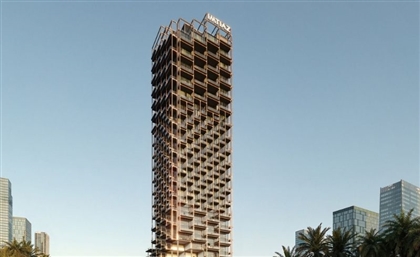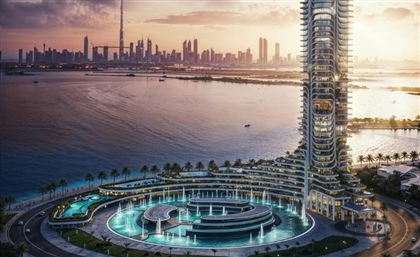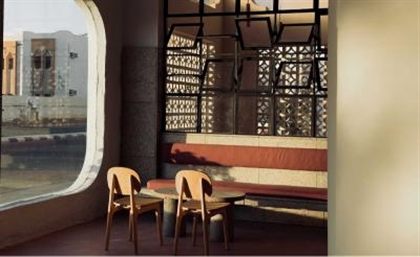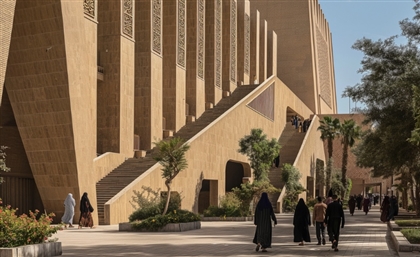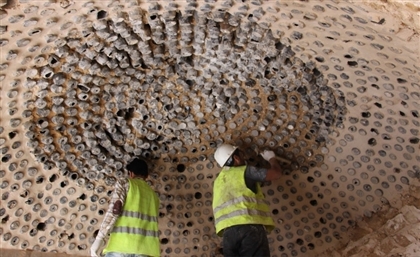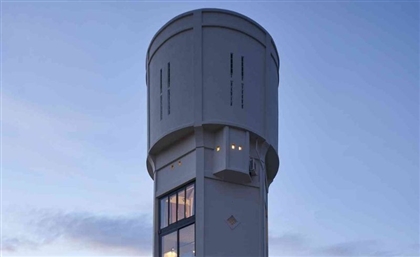Zaha Hadid Architects Designs Waterfront Project in Downtown Muscat
Responding to rapid growth demands, Al Khuwair Waterfront will bridge local and international communities.
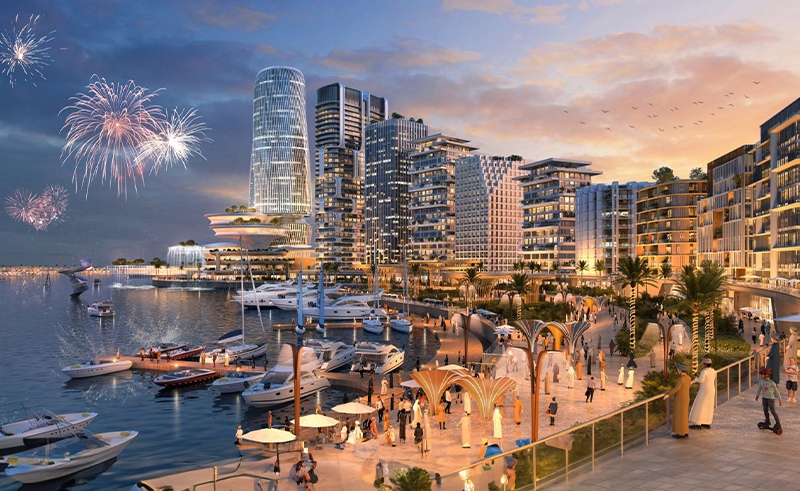
Muscat's urban landscape is set to undergo a significant makeover with Zaha Hadid Architects (ZHA) at the helm of a transformative waterfront project. The initiative, announced by Oman’s Ministry of Housing and Urban Planning, aims to rejuvenate the existing administrative and industrial area into a vibrant urban hub, catering to an estimated 64,500 residents.
The USD 1.3 billion Al Khuwair Muscat Downtown and Waterfront Development covers an expansive 3.3 million square metres, signalling a shift towards sustainable urbanisation in anticipation of Muscat's projected population growth.
 “Seamlessly integrated within the urban fabric of Muscat, Al Kuwait will create a bridge between the coastal landscapes of the Arabian Sea and the Hajar Mountains that surround the city,” Paolo Zilli, Project Director and Associate Director at Zaha Hadid Architects tells SceneHome. “The project is designed to connect local and international communities while embracing a sustainable vision for the future that honours Muscat’s heritage.”
“Seamlessly integrated within the urban fabric of Muscat, Al Kuwait will create a bridge between the coastal landscapes of the Arabian Sea and the Hajar Mountains that surround the city,” Paolo Zilli, Project Director and Associate Director at Zaha Hadid Architects tells SceneHome. “The project is designed to connect local and international communities while embracing a sustainable vision for the future that honours Muscat’s heritage.”
The development comprises five key zones, including a marina, recreational waterfront, canal walkway, cultural quarter, and Ministry campus, each designed to offer a mix of amenities and experiences. Reflecting Muscat's maritime heritage, the project integrates green spaces, dining options, retail outlets, and residential spaces to create a vibrant waterfront community.
 His Excellency Dr. Khalfan Al Shueili, Minister of Housing and Urban Planning adds, “This visionary project will bring us another step closer to realising the Oman Vision 2040 and delivering a sustainable and prosperous future for the people of Oman. It will help shape the future of both Muscat and Oman more broadly, creating a new destination to welcome visitors from across the globe to our capital city.”
His Excellency Dr. Khalfan Al Shueili, Minister of Housing and Urban Planning adds, “This visionary project will bring us another step closer to realising the Oman Vision 2040 and delivering a sustainable and prosperous future for the people of Oman. It will help shape the future of both Muscat and Oman more broadly, creating a new destination to welcome visitors from across the globe to our capital city.”
A focus on sustainable transportation promotes the use of public transit, including light rail transit, bus rapid transit, and water taxis, to reduce reliance on private vehicles. Passive design strategies and renewable energy sources aim to minimise environmental impact, with an emphasis on biodiversity conservation and native plant species preservation.
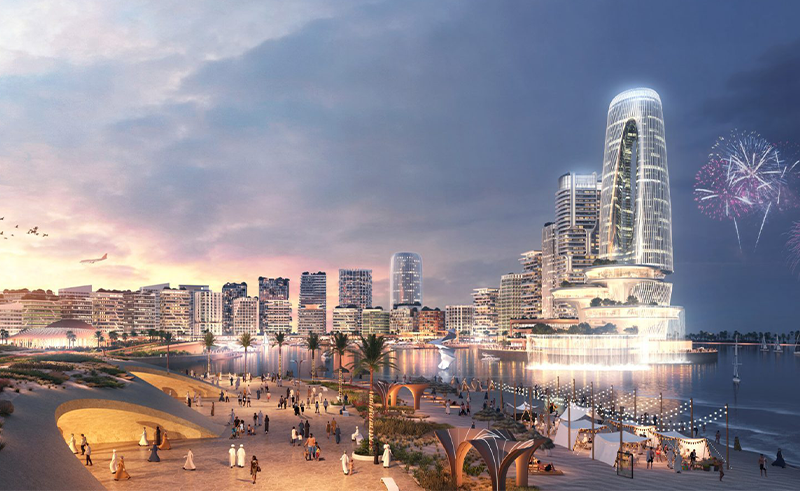
- Previous Article The Enduring Charm of Jeddah’s Old Town of Al Balad
- Next Article This Tangier Villa-Turned-Hotel Was Once Home to Yves Saint Laurent




